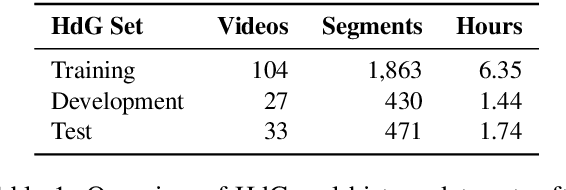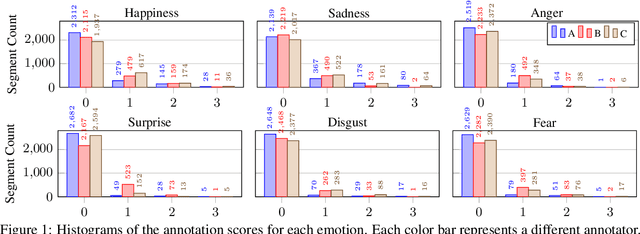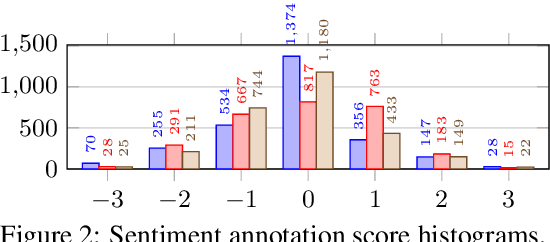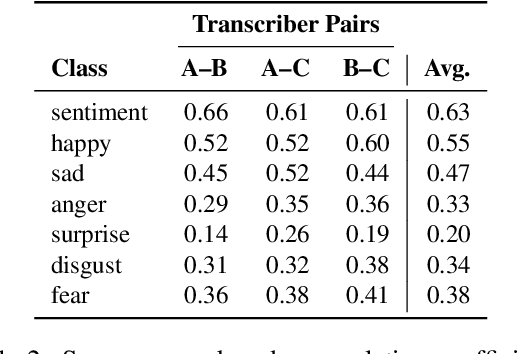Duc Bach Ha
Spiking CenterNet: A Distillation-boosted Spiking Neural Network for Object Detection
Feb 02, 2024Abstract:In the era of AI at the edge, self-driving cars, and climate change, the need for energy-efficient, small, embedded AI is growing. Spiking Neural Networks (SNNs) are a promising approach to address this challenge, with their event-driven information flow and sparse activations. We propose Spiking CenterNet for object detection on event data. It combines an SNN CenterNet adaptation with an efficient M2U-Net-based decoder. Our model significantly outperforms comparable previous work on Prophesee's challenging GEN1 Automotive Detection Dataset while using less than half the energy. Distilling the knowledge of a non-spiking teacher into our SNN further increases performance. To the best of our knowledge, our work is the first approach that takes advantage of knowledge distillation in the field of spiking object detection.
A Study on the Ambiguity in Human Annotation of German Oral History Interviews for Perceived Emotion Recognition and Sentiment Analysis
Jan 18, 2022



Abstract:For research in audiovisual interview archives often it is not only of interest what is said but also how. Sentiment analysis and emotion recognition can help capture, categorize and make these different facets searchable. In particular, for oral history archives, such indexing technologies can be of great interest. These technologies can help understand the role of emotions in historical remembering. However, humans often perceive sentiments and emotions ambiguously and subjectively. Moreover, oral history interviews have multi-layered levels of complex, sometimes contradictory, sometimes very subtle facets of emotions. Therefore, the question arises of the chance machines and humans have capturing and assigning these into predefined categories. This paper investigates the ambiguity in human perception of emotions and sentiment in German oral history interviews and the impact on machine learning systems. Our experiments reveal substantial differences in human perception for different emotions. Furthermore, we report from ongoing machine learning experiments with different modalities. We show that the human perceptual ambiguity and other challenges, such as class imbalance and lack of training data, currently limit the opportunities of these technologies for oral history archives. Nonetheless, our work uncovers promising observations and possibilities for further research.
 Add to Chrome
Add to Chrome Add to Firefox
Add to Firefox Add to Edge
Add to Edge